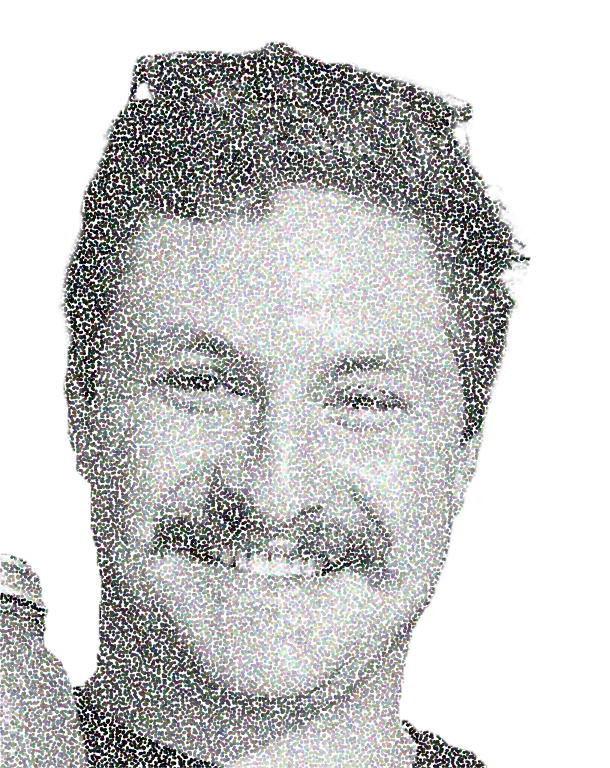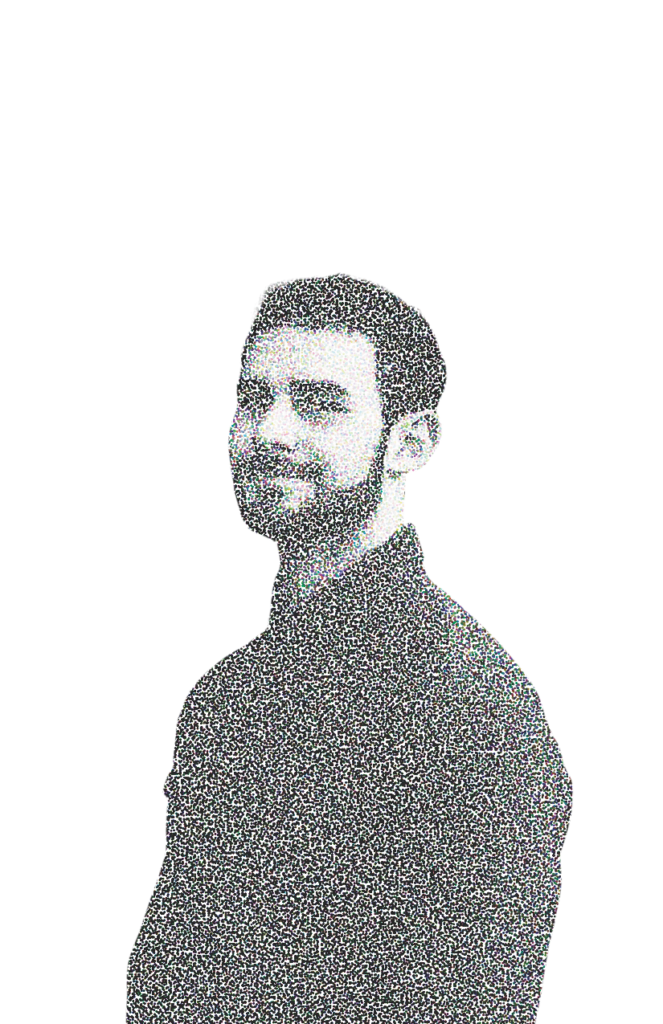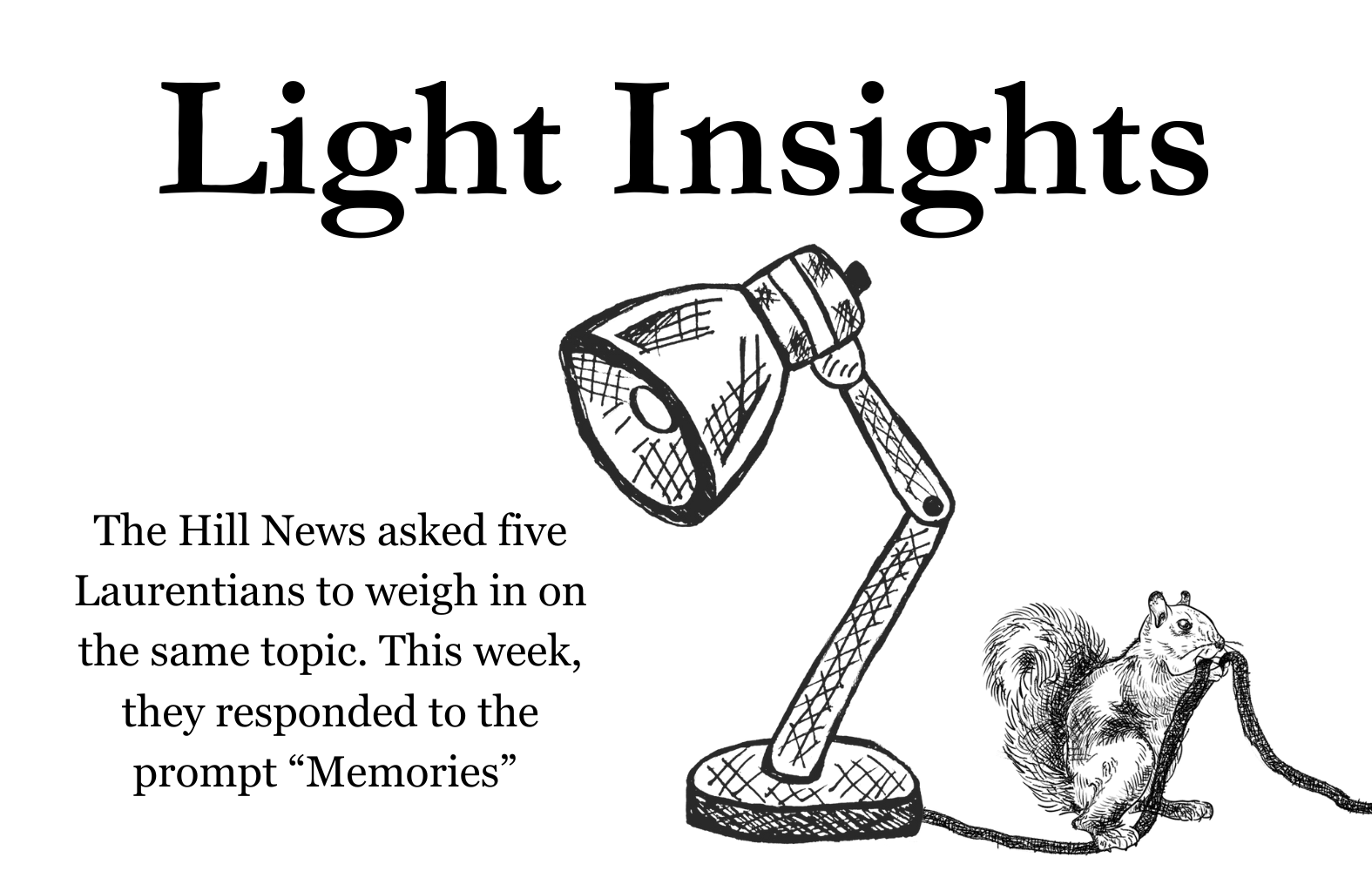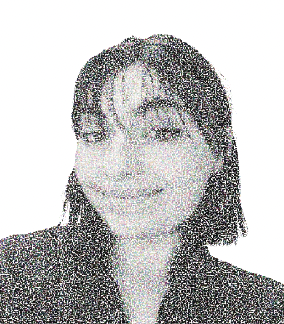
NATHAN SERLIN ’24
PROFESIONAL TRAPPER
Steve Rinella – famous author, TV host, podcaster and perhaps philosopher – said on an episode of Meat Eater, that when we are all broken down to our core we are all just a collection of memories.
That has since stuck with me. Memories fundamentally make us who we are.
As time passed, I began to think; what if we all didn’t actually have autonomy over our own memories?
What if there was a third party that could distort our memory and implant or extract certain things to warp our reality? I know what you’re thinking, it’s the CIA again.
That would be bonkers, the government doesn’t care about you. But aliens do.
Anyone of us could have been abducted from our beds or backyards, beamed up onto a spaceship, gotten the whole “take me to your leader” speech, and had them do all sorts of testing on us.
Then they can just cherry pick memories from your brain and replace you in your bed or backyard.
Have you ever woken up in the morning with a headache, a weird bruise or cut you can’t explain?
I’m not saying you were abducted, but I’m also not saying it’s impossible.
Perhaps even scarier, are implanted memories.
I once listened to a podcast about a guy who was absolutely convinced he lived part of his life in the 19th century, before just spawning into the 21st.
I don’t think he actually did, but man his story was incredibly detailed, and I’m pretty sold that he really thought he did live in the 19th century.
I think aliens implanted that memory as a social experiment. Your memories may not be accurate or even yours.
ZACH JAWORSKI ’24
DAVID CARR ENTHUSIEST
“Memories” by David Guetta featuring Kid Cudi is a 2010 electronic party song that peaked at 46 on that year’s Billboard Hot 100.
The song reached number five on the Billboard equivalent in Guetta’s home country, France.
Since 2010, the song has amassed nearly 900 million plays on Spotify.
The song’s name has drawn confusion amongst The Hill News editorial staff.
“I’m confused why it’s called ‘Memories,’ please don’t make me sound stupid” said Nora Kenyon ’27.
She was later told that the word ‘memories’ was heavily featured in the song.
“I don’t really care I guess” said Kenyon of the newly acquired knowledge.
Others were hesitant to admit they had heard the song, one being THN Arts and Entertainment Editor Noah Donnellan-Doser ’26.
“I don’t think I know how that one goes” he said.
“I love David Guetta, but I don’t know that one.”
Patrick Chase ’25 thinks “Memories” is forever engrained in St. Lawrence culture.
“It’s a sweet SLU party song,” he said.
“It’s like a simple a beat, it’s a classic so everyone knows it, it’s just a classic party vibes song.”
Matt Serrano ’26 was not familiar with the song before we played it for him.
“I’ll give it a listen right now,” he said as he picked up his phone.
“I know it,” he said after he listened to it.
It is yet to be seen whether THN staff members will add “Memories” by David Guetta featuring Kid Cudi to their party playlist.
“I don’t have a party playlist,” said Serrano
GABRIELLE ALDRICH ’24
FREQUENT WALKER
I often walk the trails surrounding campus. Throughout my years at St. Lawrence, the Kip and Saddlemire trails have become the places where I can find a glimmer of peace. When I need to be alone or enjoy a beautiful day, the trails are there for me. I put my earbuds in my ears and press play.
Walking the trails now, even years later, my memory magically floods with words of past songs and podcasts I listened to. It’s a visceral memory, as if I still had my earbuds in.
Unintentionally, I had formed a memory palace. Memory palaces — a strategy used to memorize sequences — form around a familiar place. For many people, its a childhood home or a street they know well. To memorize through a memory palace, you assign each fact to an object or a niche. As you walk through your palace, you can visualize what you need to remember.
As I get older, the more memories seem to slip into fiction. Dates blur together, years feel like days, and conversations get simplified. I’ve determined that I am no longer a reliable source. But walking down the paths, my memory will surprise me: sometimes, I remember something I didn’t even know I forgot.
My memory palace paths are not a true memory palace, at least not how it was meant to be optimized. It is an involuntary method of loci memorization, or so I think. I don’t choose to memorize digits of pi as I walk along a trail.
A memory palace is supposed to be structured. Mine weaves between tangible and intangible: conversations get mixed with songs, and the paths get clouded with memories. My memory palaces are stacked on top of each other, creating a cacophony of what used to be. My memory may not be as sharp as it used to, but I do understand why it is recommended to retrace your steps if you lose something.
CONNOR WIEKIERAK ’25
GOOD ‘OL BOY
Memories are proof that we are all human.
They serve as a time capsule for everything we love and hate.
My fondest memories act as a compass showing me where I want to be and who I want to be with.
I remember hot lazy days spent on the lake with my friends where we’d take turns making each other laugh in the shade of the boathouse.
Memories like this keep me grounded acting as a nexus between my past and present self.
Something that stands out to me is how resilient our memories are. Like when you’re in class and hit with an unusually familiar scent that teleports you back to your childhood self.
Or when you’re in your room and a funny memory you thought you had forgotten from 10 years ago pops into your head triggering a smile.
These humbling flashbacks remind us of who we are and where we came from.
Memories also act as a refuge on the days when the walls seems like they’re caving in. Their ability to snap you out of your dreary fog and into a warm and safe place is unmatched.
Sometimes we need a reminder that being happy is a choice. Above all else, memories serve as the bedrock of our relationships, reminding us that we’re not alone.
Recollections of times spent with friends and family formulate our identities and shape who we really are.
They set us on a path that is uniquely ours forever calling us back to our lazy lake days.

PATRICK CHASE ’25
PAINT INHALER
“Don’t go chasin’ the past.” I found those words carved deep and carefully into the brown-painted wood of a weathered mountaintop hut.
As I stared at the sun setting behind the pink peaks, I thought about those words: We are so often told to let go of the past or to leave the past behind.
I always thought that was funny. Is it not human to chase the past? I mean, we’ve all done it.
We are all guilty of pausing the present and looking back on what we had or what we thought we had.
And being filled with that burning desire to sprint back into its arms where everything is bright and safe, and life isn’t hard.
And we can blame memories for that. Or we can blame how bad things are now and how good they were back then. But we know that’s not true, and we know it’s nobody’s fault but ourselves when chasin’ the past lets us down.
An old cowboy once said, “Memories are like this town, kid. Fond to look back on, but nowhere you’d want to stay.” The past is not something we can go back to, and memories can’t see the sunrise or hold you on a cold night.
So, leave your memories as what they should be: reminders of everything you’ve been through, and living proof of how much life you’ve lived.
Live for what’s going to happen tomorrow, without fear, and always with a ice-cold beer in the center console.




